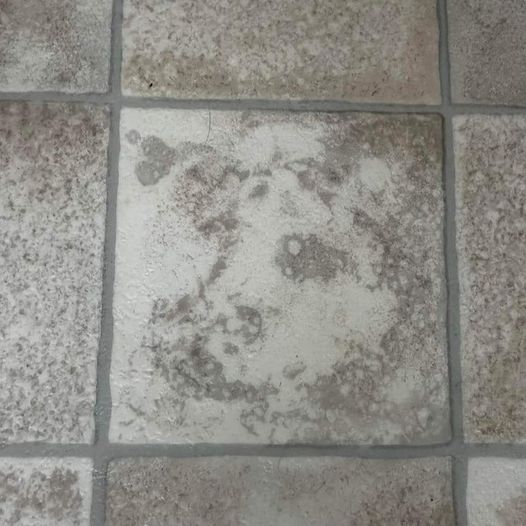
Have you ever looked at random objects and thought you saw faces? It’s a peculiar phenomenon known as pareidolia. Our brains have a remarkable ability to perceive shapes, patterns, and even sounds as something meaningful – often as faces.
It’s why we might see animals in clouds or faces in rocks. And even a worn tile floor, like the one pictured above, can reveal a subtle face when examined closely.
What is Pareidolia?
Pareidolia is a fascinating psychological and visual perception where our brains recognize familiar patterns, especially faces, in ordinary things. This ability actually stems from our evolutionary need to identify friends, foes, and others. Our brains are wired to see faces, even when they aren’t really there.
The Tile Face: Taking a Closer Look
If you carefully study the image, you’ll notice that the rough texture of the tile forms a face – complete with eyes, a nose, and a mouth. The “eyes” may appear as darker spots, the “nose” as a smudge, and the “mouth” as a faint curve. It’s almost as if the tile has transformed into a hidden character, patiently waiting to be discovered. This instance of pareidolia turns an ordinary tile into something mysterious, artistic, and perhaps a little eerie too.
Why Do We See Faces?
Believe it or not, seeing faces in objects is more common than we might think. Throughout evolution, our brains have rapidly developed the ability to identify faces as a means to establish social connections and ensure our survival. Detecting allies and recognizing potential threats were crucial skills for early humans. As a result, our brains became highly adept at picking up even the subtlest facial cues, sometimes even over-analyzing them.